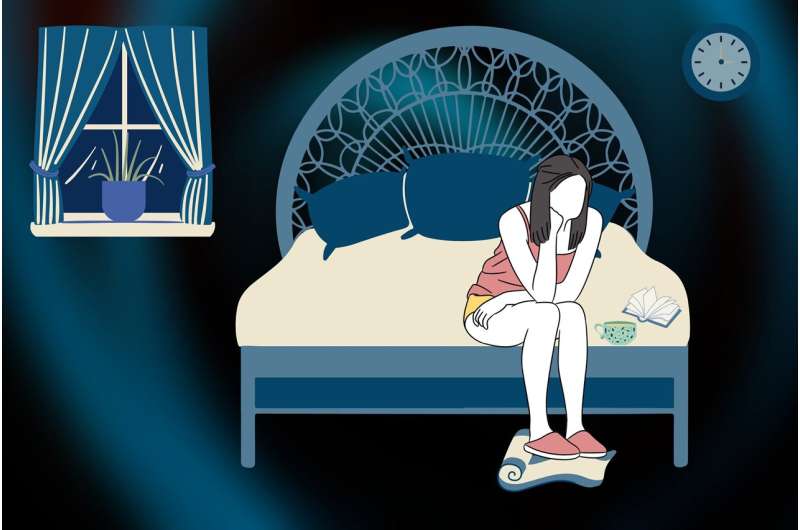Understanding 'Cognitive Shuffling': A Science-Backed Technique for Better Sleep

Discover how cognitive shuffling—a technique involving unrelated words and images—may help improve sleep by distracting your mind and mimicking natural sleep transition patterns, supported by scientific research.
If you've been browsing social media late at night, you might have come across videos promoting a sleep aid called "cognitive shuffling." This technique involves engaging your mind with random words and images in a specific way to help you fall asleep more easily.
The method is based on the idea that by focusing on a series of unrelated words—such as starting with a random word like "cake," then listing words beginning with its first letter, visualizing each, and repeating the process for subsequent letters—you can distract your racing mind. The goal is to create a neutral stream of thoughts that resemble the fleeting, disconnected imagery our brains generate during the transition to sleep.
The concept was popularized over a decade ago by researcher Luc P. Beaudoin of Canada, who introduced the idea of "serial diverse imagining." He described how individuals could use this approach by thinking of a word, then associating diverse, unrelated images with each letter, helping relax the mind and promote sleep.
Scientific insights support this approach by highlighting differences between sleep-ready minds and those hindered by insomnia. Good sleepers tend to exhibit dream-like, hallucinatory, less structured thoughts before sleep, while insomniacs are often preoccupied with worries, problems, or environmental noises. Cognitive shuffling aims to mimic the relaxed, random thought patterns of good sleepers, thereby reducing the mental arousal that can prevent sleep.
Research suggests that engaging in this cognitive technique can lower arousal levels, diminish stress-related thoughts, and facilitate the natural transition into sleep. It aligns with the brain activity observed as it slows down and generates disconnected, fleeting images during hypnagogic states.
While preliminary studies indicate promise—showing improvements in sleep quality and reductions in sleep effort—more research is needed to establish its effectiveness fully. Practicing patience and consistency is key, as the technique might take time to yield noticeable benefits.
In addition to cognitive shuffling, other strategies such as establishing a calming pre-bed routine, maintaining a worry journal, and relaxing thoughts can further support restful sleep. If sleep difficulties persist despite efforts, consulting a healthcare professional or sleep specialist is advisable.
For more information, source: Medical Xpress.
Stay Updated with Mia's Feed
Get the latest health & wellness insights delivered straight to your inbox.
Related Articles
New Research Uncovers Why People Hesitate to Downplay Moral Failures Publicly
Discover why people tend to escalate moral judgments publicly and hesitate to acknowledge nuance, impacting social dynamics and reputation management.
Addressing Mental Health Needs of Cancer Caregivers: The Importance of Targeted Support Systems
A groundbreaking study reveals significant mental health challenges among Vietnamese caregivers of lung cancer patients, emphasizing the need for culturally sensitive support systems to improve caregiver well-being.
The Impact of Artificial Intelligence as a Social Presence on Human Relationships and Brain Function
Artificial intelligence's growing role as a social presence could reshape human relationships and brain functions, offering both opportunities and risks for mental health and social development.



